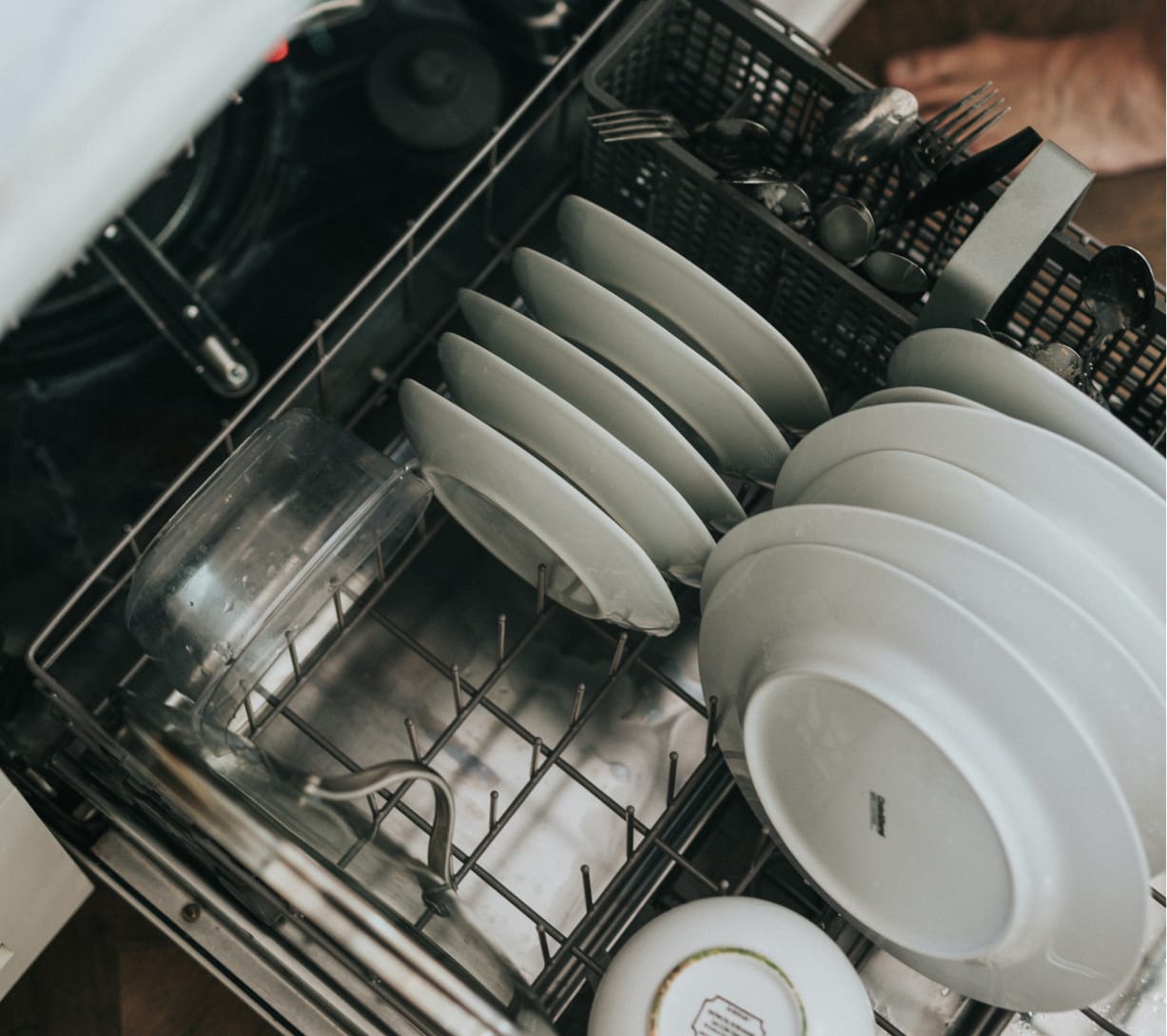Understanding the Preventative Cost Advantage
Preventive property maintenance isn’t just about keeping your home in tip-top shape—it’s a financial strategy that can save homeowners and landlords thousands of pounds over time. One key concept in this realm is the Preventative Cost Advantage—the measurable difference between the relatively low cost of maintaining an asset today versus the exponentially higher cost of dealing with its failure in the future. In this article, we’ll delve into this idea and explore its significance, focusing on residential UK homes. To illustrate, we’ll use a dishwasher as a worked example, showing how neglecting its upkeep can spiral from minimal maintenance costs to substantial financial outlays.
What Is Preventive Maintenance?
Preventive maintenance involves regular, proactive care to keep an asset or property in optimal condition. Tasks such as inspecting systems, cleaning components, and replacing small parts are minor investments that prevent bigger problems later. For homeowners and landlords, this could mean anything from gutter cleaning to servicing boilers or checking seals on windows.
The Preventative Cost Advantage is the core financial rationale here: addressing small issues today (at minimal cost) can prevent them from escalating into major expenses.

The Dishwasher Example: A Step-by-Step Journey
Let’s examine a typical UK household appliance: the dishwasher. It’s a workhorse in many kitchens, saving time and water, but like all appliances, it requires maintenance.
Stage 1: Basic Maintenance (Cost: £0–£20 per year)
Cleaning the dishwasher’s filter is a quick, free task that many homeowners overlook. This simple action prevents food particles from clogging the drainage system. Additionally, running a cleaning cycle with dishwasher cleaner (costing around £5 per bottle) every couple of months helps remove limescale and grease build-up.
Stage 2: Component Replacement (Cost: £20–£50)
If the filter isn’t cleaned regularly, it may eventually clog or break. At this stage, you’ll need to replace it. Filters are relatively inexpensive—usually under £50—but failing to address the issue at this point increases the risk of further damage, such as strain on the pump.
Stage 3: Engineer Service or Repair (Cost: £100–£300)
If the pump fails due to a clogged filter, you’ll need to call an engineer to repair or replace the component. Labour and parts for a dishwasher repair can range from £100 to £300, depending on the severity of the problem.
Stage 4: Kitchen Flooding and Damage (Cost: £1,000+)
A neglected dishwasher can result in serious leaks, flooding your kitchen. Beyond the appliance itself, water damage can destroy flooring, cabinets, and even electrics, with repair costs quickly exceeding £1,000.
Stage 5: Appliance Replacement and Additional Costs (Cost: £500–£2,000)
Replacing a failed dishwasher costs £300–£1,000 or more, depending on the model, installation fees, and any modifications required for your kitchen. Factor in the repair costs from earlier stages, and the total expense could easily exceed £2,000.
Cost Comparison: Preventative vs. Reactive Maintenance
Let’s summarise the dishwasher’s journey:
| Stage | Preventive Cost | Reactive Cost |
|---|---|---|
| Cleaning Filter | £0–£20/year | £0 (if skipped) |
| Replacing Filter | £20–£50 | £50 (if delayed) |
| Engineer Repair | £0 | £100–£300 |
| Flood Damage Repair | £0 | £1,000+ |
| Appliance Replacement | £0 | £500–£2,000 |
A single missed filter cleaning can snowball into a multi-thousand-pound issue.
Parallel Lessons from Other Industries
Preventive maintenance isn’t unique to residential homes. Many industries rely on it to maximise efficiency and reduce costs. For instance:
- Aviation: Aircraft undergo regular inspections and servicing to prevent catastrophic failures. The cost of maintaining engines and hydraulics is far lower than the potential losses from an inoperable fleet or, worse, an accident.
- Automotive: Car owners know that regular oil changes and brake checks prevent expensive engine repairs or accidents.
- Healthcare Equipment: Hospitals conduct preventive maintenance on critical machines like MRI scanners to avoid unplanned downtime and high repair costs.
These industries demonstrate the clear ROI of preventive upkeep—and the same logic applies to maintaining your home.
The Residential Context: Why It Matters for UK Homes
In UK homes, preventive property maintenance isn’t just about saving money—it’s also about avoiding inconvenience and protecting your home’s value. Neglected maintenance can lead to:
- Energy inefficiency: Poorly maintained boilers, insulation, or windows increase heating costs.
- Tenant dissatisfaction: For landlords, unresolved issues can lead to tenant churn, void periods, and legal disputes.
- Decreased property value: A poorly maintained home can lose market value, making it harder to sell or refinance.
Proactive maintenance avoids these pitfalls, delivering better living conditions and financial stability.
Practical Steps for Homeowners
- Schedule regular inspections: Set reminders to inspect key areas like roofing, plumbing, and appliances.
- Invest in small fixes: Replace seals, clean filters, and fix minor leaks before they escalate.
- Use tools like Planna: Platforms like Planna identify maintenance tasks and potential cost advantages, helping homeowners stay ahead of issues.
Final Thoughts: Maintenance as an Investment
Preventive maintenance isn’t a cost—it’s an investment in your home’s longevity, efficiency, and value. By embracing the Preventative Cost Advantage, you can minimise unexpected expenses, protect your property, and enjoy peace of mind.
The dishwasher example is just one of many scenarios where small, regular actions lead to significant long-term savings. Whether it’s maintaining appliances, servicing your boiler, or checking your roof, the message is clear: a little effort today prevents a lot of pain tomorrow.
So, take a look around your home. What can you do today to secure your future?

